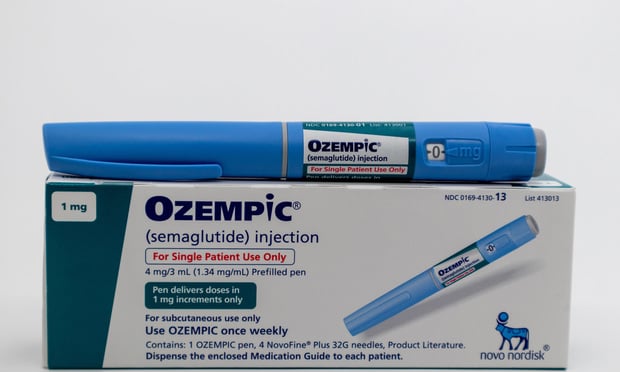 Your ideal partner should have a proven, streamlined process in place to help you implement a self-service solution.
Your ideal partner should have a proven, streamlined process in place to help you implement a self-service solution.
If the pandemic has taught us anything, it's that you need a backup plan if your business model relies on a one-to-one or face-to-face approach.
When it comes to open enrollment – especially for voluntary benefits – the traditional approach has been face-to-face enrollment meetings or one-on-one phone calls. While these methods may still be considered valid, participants' norms and expectations are changing. Consider that:
- About half the workforce now has a hybrid or remote work schedule, so gathering people together is more challenging – even virtually
- Employee technology habits have changed dramatically, and they're far more apt to jump online and handle tasks themselves.
It's time to expand the toolkit for offering benefits.
Recommended For You
Given how things are changing, it's time to expand the toolkit for offering benefits. There are more future-ready alternatives that don't sacrifice the needs-based approach found in a traditional one-on-one setting.
A self-service approach makes sense in a lot of situations. Below are six of the most common signs you might want to consider this approach based on what we've learned from working with many different-sized organizations over the last couple of years.
Sign #1: You need simpler processes
There are two pieces to any self-service solution – capabilities of the technology itself and the partner's expertise related to employee benefits. When you have a self-service partner that has both and whose goals are aligned with yours is, it's highly advantageous. Using online tools simplifies the entire process and makes the process far more efficient. Plus, you benefit from your partner's best practices. Technology (done right, of course) is there to make your life easy, so why not consider deploying it for your enrollment process?
Sign #2: Your HR workload around benefits implementation is too much
Your ideal partner should have a proven, streamlined process in place to help you implement a self-service solution. Imagine not having to complete any workbooks and knowing precisely what's required of you in advance—no more trying to schedule large group meetings. No more managing dozens of phone calls a day.
Again, an experienced self-service partner will know what's worked for other HR teams in the past and can offer solutions including:
- Detailed implementation timelines
- Clear roles and responsibilities
- Common implementation roadblocks and how to avoid them
- Data-driven analytics
Sign #3: You want stronger benefits communication
We all know the importance of solid communication regarding anything related to employee compensation and benefits. This is another area where self-service can more effectively meet your needs. You simply cannot be everywhere all the time. But your online tools can. Plus, they can provide:
- Multiple, modern touchpoints (e.g., email, text, video, etc.)
- Consistent messaging that's tailored or segmented content for different audiences
- Languages other than English
- Content (both emotional and rational) that helps employees make decisions
Sign #4: You're struggling to meet employees where they are
A self-service solution can help you accommodate employees in various life stages – like new hires or employees with qualifying life events. Your self-service partner can:
- Provide custom educational videos for all benefit offerings
- Supply an easy-to-use decision support tool for health and voluntary benefits
- Provide a path to speak to a live person for technology or enrollment support if employees need it
Sign #5: Data is a challenge
Eliminate the headaches associated with having to manage discrepancies. The right self-service enrollment partner will conduct daily automated audits to remove much of this burden from you and use a file feed or an API, to flawlessly connect your carriers, payroll, and human capital management systems. This gives you access to critical decision-making data because:
- Your system will communicate directly with theirs, and you'll have an automated data flow
- You'll have everything in one system and won't need to make entries into multiple systems that don't talk to each other
Sign #6: You're worried about costs
You can enjoy a modern enrollment experience at no additional cost to your company. (We're talking a modern self-service enrollment approach with a path to speak to a live person if needed.)
To save on your bottom line, select a partner that allows you to completely fund the technology solution by offering voluntary benefits. (Make sure they don't require you to add new products annually).
Are you ready to evolve?
Will one-on-one or call center enrollments still be options in the future? Yes. But are there other ways to get similar or even better results with a self-service solution? Absolutely.
While it may be new for some of us, the market has been embracing more technology-focused solutions alongside traditional enrollments for years. And the pandemic has only accelerated that change.
The result? An effective self-serve enrollment, along with the benefits we've walked through here, is finally within reach.
© 2025 ALM Global, LLC, All Rights Reserved. Request academic re-use from www.copyright.com. All other uses, submit a request to [email protected]. For more information visit Asset & Logo Licensing.







